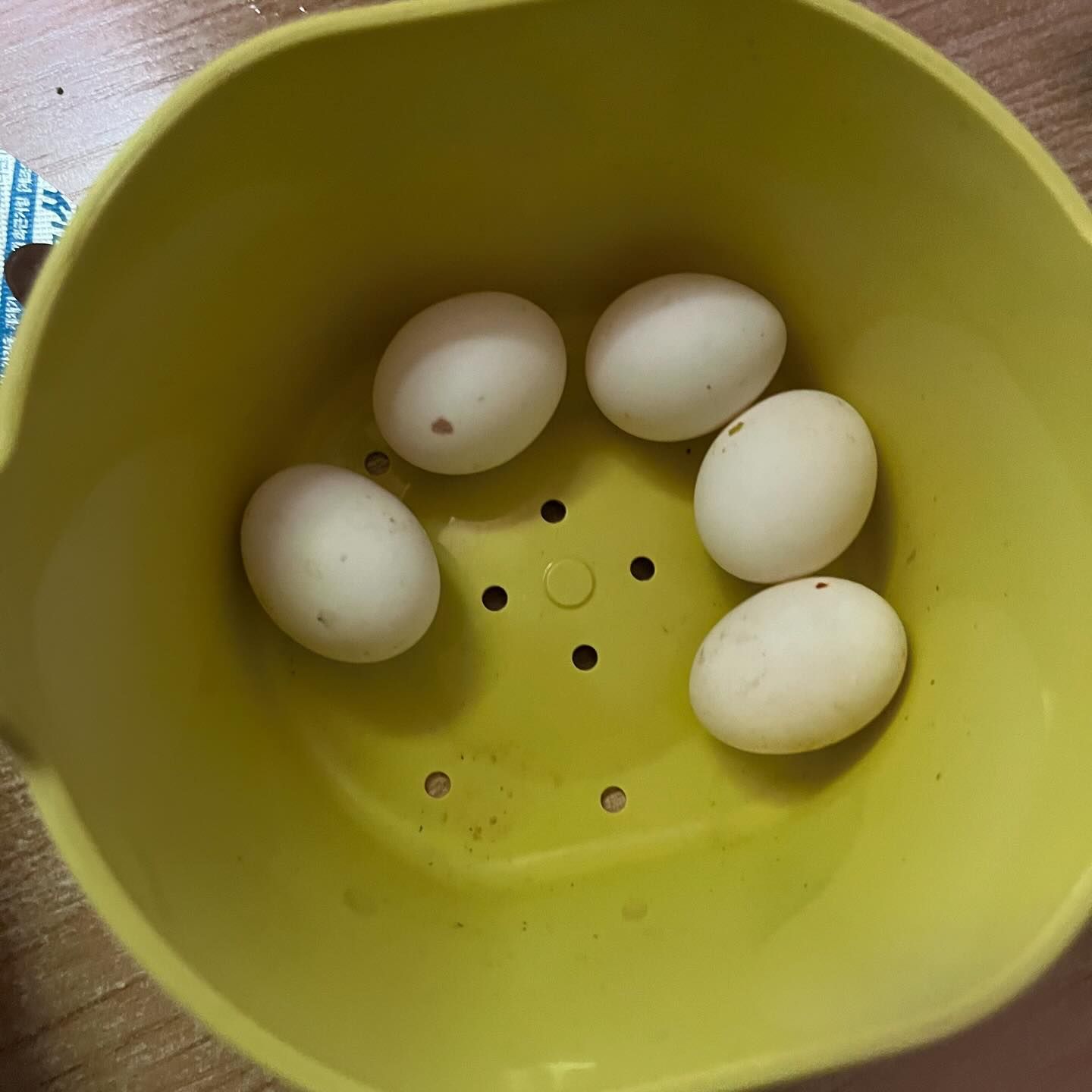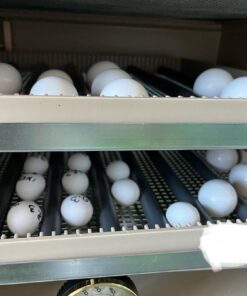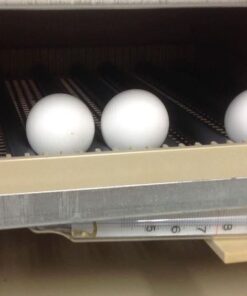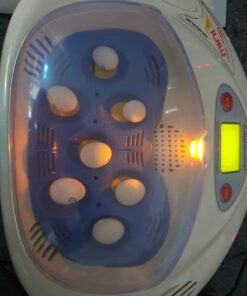Panama Amazon Parrot Eggs
$45.00
Outline for the Article: “Panama Amazon Parrot Eggs”
- Introduction
- Overview of Panama Amazon Parrots
- Importance of Understanding Their Reproduction
- H1: Characteristics of Panama Amazon Parrots
- H2: Appearance and Behavior
- H3: Habitat and Distribution
- H4: Diet and Lifespan
- H1: Reproductive Behavior of Panama Amazon Parrots
- H2: Mating Rituals
- H3: Nesting Habits
- H4: Preferred Nesting Sites
- H4: Nest Construction Process
- H1: Panama Amazon Parrot Eggs
- H2: Egg-Laying Process
- H3: Characteristics of the Panama Amazon Parrot Eggs
- H4: Size and Color
- H4: Number of Eggs Per Clutch
- H3: Incubation Period
- H4: Role of Both Parents in Incubation
- H3: Hatching and Early Life
- H4: Parental Care of Hatchlings
- H4: Growth and Development
- H1: Challenges in Breeding Panama Amazon Parrots
- H2: Environmental Threats
- H3: Captive Breeding Programs
- H4: Importance of Conservation Efforts
- H4: Success Stories in Captive Breeding
- H1: The Role of Panama Amazon Parrot Eggs in Conservation
- H2: Importance of Monitoring Egg Development
- H3: Impact on Population Recovery
- H4: Community Involvement in Conservation
- H1: Conclusion
- Recap of Key Points
- Final Thoughts on Conservation Efforts
- H1: FAQs
- H2: How many eggs does a Panama Amazon Parrot lay?
- H2: How long is the incubation period for Panama Amazon Parrot eggs?
- H2: What are the main threats to Panama Amazon Parrots in the wild?
- H2: Can Panama Amazon Parrots be bred in captivity?
- H2: How can individuals contribute to the conservation of Panama Amazon Parrots?
Description
Panama Amazon Parrot Eggs: A Comprehensive Guide
Panama Amazon Parrots, known for their vibrant green plumage and lively personalities, are a favorite among bird enthusiasts. However, there’s much more to these charming creatures than meets the eye, especially when it comes to their reproduction. Understanding the egg-laying process and the early life of Panama Amazon Parrots is crucial for both breeders and conservationists. In this article, we’ll delve into the fascinating world of Panama Amazon Parrot eggs, exploring everything from their unique characteristics to their role in conservation efforts.
Characteristics of Panama Amazon Parrots
Appearance and Behavior
Panama Amazon Parrots are medium-sized birds with a primarily green body, a yellowish-green forehead, and a distinct white ring around their eyes. They are social, intelligent, and can mimic human speech, making them popular pets. In the wild, they are known for their loud calls and strong pair bonds.
Habitat and Distribution
These parrots are native to the forests and woodlands of Panama and surrounding regions. They thrive in humid, tropical environments and are often found in areas with abundant fruit and nuts, which form the core of their diet.
Diet and Lifespan
Panama Amazon Parrots primarily feed on fruits, seeds, and nuts, which provide the necessary nutrients for their health and vitality. In the wild, they can live up to 40 years, although in captivity, with proper care, they can live even longer.
Reproductive Behavior of Panama Amazon Parrots
Mating Rituals
Mating for Panama Amazon Parrots is a complex process involving elaborate courtship displays. These displays often include vocalizations, wing flapping, and mutual preening, which strengthen the bond between pairs.
Nesting Habits
Preferred Nesting Sites
In the wild, Panama Amazon Parrots prefer to nest in hollow trees, particularly those with large cavities that can accommodate their eggs and growing chicks. These sites are carefully selected to provide safety from predators and the elements.
Nest Construction Process
The construction of the nest is a cooperative effort between both parents. They work together to prepare the site, often using leaves, twigs, and other natural materials to line the cavity and make it more comfortable for egg laying.
Panama Amazon Parrot Eggs
Panama Amazon Parrot Eggs-Laying Process
After mating, the female Panama Amazon Parrot will lay her eggs in the prepared nest. The timing and number of eggs can vary, but typically, the eggs are laid in the early hours of the morning over a span of a few days.
Characteristics of the Panama Amazon Parrot Eggs
Size and Color
The eggs of Panama Amazon Parrots are relatively small, usually measuring around 3 to 4 centimeters in length. They are typically white or off-white, with a smooth, glossy surface.
Number of Panama Amazon Parrot Eggs Per Clutch
A typical clutch consists of 2 to 4 Panama Amazon Parrot Eggs, though this can vary depending on environmental factors and the health of the breeding pair.
Incubation Period
Role of Both Parents in Incubation
Both the male and female share the responsibility of incubating the eggs. The female primarily stays on the eggs, while the male forages for food and stands guard. This cooperative effort ensures the eggs are kept at the optimal temperature and are protected from potential threats.
Hatching and Early Life
Parental Care of Hatchlings
Once the Panama Amazon Parrot Eggs hatch, the parents continue to play an essential role in the care and feeding of the chicks. The mother typically stays with the hatchlings, providing warmth and protection, while the father brings food to nourish the growing birds.
Growth and Development
The chicks are born blind and featherless, relying entirely on their parents for survival. Over the next few weeks, they develop rapidly, growing feathers and beginning to explore their surroundings.
Challenges in Breeding Panama Amazon Parrots
Environmental Threats
In the wild, Panama Amazon Parrots face numerous threats, including habitat loss, predation, and climate change. These factors can significantly impact their breeding success and the survival of their offspring.
Captive Breeding Programs
Importance of Conservation Efforts
Captive breeding programs play a crucial role in the conservation of Panama Amazon Parrots. By maintaining healthy populations in captivity, these programs help ensure the survival of the species, particularly in the face of declining wild populations.
Success Stories in Captive Breeding
There have been several successful captive breeding programs worldwide, contributing to the overall understanding of Panama Amazon Parrot reproduction and providing a lifeline for the species.
The Role of Panama Amazon Parrot Eggs in Conservation
Importance of Monitoring Egg Development
Monitoring the development of Panama Amazon Parrot eggs is vital for conservation efforts. By studying these eggs, researchers can gain insights into the health of wild populations and the effectiveness of breeding programs.
Impact on Population Recovery
The successful hatching and rearing of chicks from these eggs directly impact the recovery of Panama Amazon Parrot populations. Each successful clutch represents a step forward in the fight to preserve this species.
Community Involvement in Conservation
Local communities can play a significant role in the conservation of Panama Amazon Parrots. Through education and participation in conservation programs, individuals can help protect nesting sites and support breeding efforts.
Conclusion
Panama Amazon Parrot eggs are not just a fascinating aspect of avian biology; they are a crucial part of the species’ survival and conservation. From the intricate process of egg-laying to the challenges faced in the wild and in captivity, understanding these eggs is key to ensuring the continued existence of Panama Amazon Parrots. Conservation efforts, supported by both scientific research and community involvement, are essential for protecting these vibrant birds for future generations.
FAQs
How many eggs does a Panama Amazon Parrot lay?
A Panama Amazon Parrot typically lays between 2 to 4 eggs per clutch, although this number can vary.
How long is the incubation period for Panama Amazon Parrot eggs?
The incubation period for Panama Amazon Parrot eggs is approximately 26 to 28 days, during which both parents share incubation duties.
What are the main threats to Panama Amazon Parrots in the wild?
The primary threats include habitat loss due to deforestation, predation, and the effects of climate change on their natural habitat.
Can Panama Amazon Parrots be bred in captivity?
Yes, Panama Amazon Parrots can be bred in captivity, and several successful breeding programs contribute to their conservation.
How can individuals contribute to the conservation of Panama Amazon Parrots?
Individuals can contribute by supporting conservation programs, protecting natural habitats, and spreading awareness about the importance of preserving this species.





Reviews
There are no reviews yet.